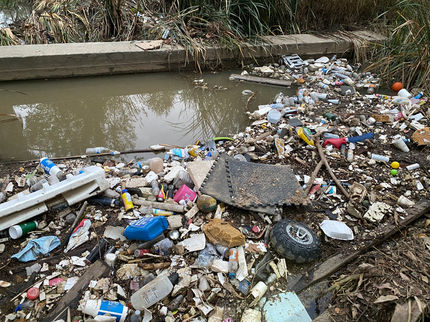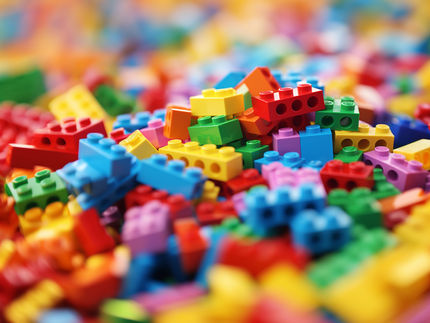Growth of Plastics Market to Propel Greater Demand for Plastic Colourants
Advertisement
In recent years, several sectors of the European manufacturing industry have shifted their business to Asia to benefit from cost advantages and capitalise on market growth in the region. Plastic processors have also followed suit in order to compete with Asian companies and improve their offerings to customers in those regions. According to Frost & Sullivan, this has adversely affected the European masterbatch and colourants industry, which has lost customers to Asia and therefore become more competitive, price-driven and less profitable. Frost & Sullivan finds that the European Markets for Plastic Colourants earned revenues of EUR 292.6 million in 2005 and estimates this to reach EUR 339.3 million in 2012.
"The plastics market is growing in the European Union (EU) in virtually every sector of the industry and chemical class," remarks Frost & Sullivan Industry Analyst Robert Outram. "Growth in the high density polyethylene (HDPE) and PolyEthylene Terephthalate (PET) sector has been particularly good, with growth rates since 2001 ranging between 3.4 to 4.4 per cent per year. This is an important sector of the plastic colourants markets as HDPE and PET are used in the making of plastic bottles and containers, often requiring some colourant."
To a large extent, expansion of the European plastic industry is driving the plastic colourants markets. The industry is witnessing growth, particularly in high-price and technical applications such as films and automotive parts. As Asian companies enter the market, compelling prices to decline, these high-performance applications are providing opportunities to European pigment producers and allowing them to distinguish themselves as technology leaders.
However, European pigment producers are facing growing price pressure. The cost of producing a kilogram of organic pigment is lower in India and China, than in Europe. Typically, Asian pigment producers charge EUR 2 to EUR 3 less per kilo for organic pigments, in comparison to their European counterparts. This is attributed to low costs of construction, workforce wages and environmental controls in the regions. While tightening of environmental legislations in these countries is expected, it is unlikely to make a significant impact on bridging cost disparities.
"Competition for sales has largely been on a price basis as the degree of innovation in the market is limited and the market itself has noticeable resistance to evolving technologically," explains Mr. Outram. "Consequently, the main tool competitors can leverage in the market is price."
With competition focussed on price, driven by masterbatchers and plastic producers, price erosion of colourants has occurred. As a result, funds available in the market for innovation and development of new additives have dwindled and products are becoming commoditised further.
According to Frost & Sullivan, in view of the competitive nature of the plastic colorants markets, an effective business strategy will become crucial for survival. European participants are likely to acquire Asian companies or form alliances with them in order to shift production to East Asia to curb costs and remain competitive. Product innovation will become essential for European companies to successfully differentiate themselves from their Asian competitors. In addition, finding feasible methods to fund research and development, while reducing current production costs will become imperative for market success.
If you are interested in a virtual brochure, which provides manufacturers, end users, and other industry participants with an overview of the latest analysis of European Markets for Plastic Colourants, then send an e-mail to Janina Hillgrub using the 'Contact' button below.
































































